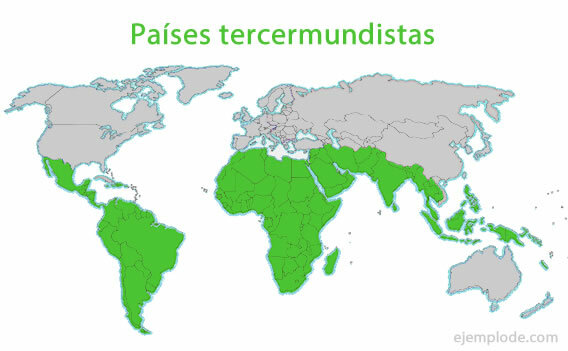Example of Converting a Decimal Number to Binary
Math / / July 04, 2021
In order to convert a decimal number to binary the following steps must be followed:
- Take the decimal number and divide by two, until the remainder is 0 or 1. This remainder is the rightmost digit of the binary figure.
- With the quotient, the operation described in the first step is carried out until it is 1.
Examples to convert a decimal number to binary:
Convert 874 to binary.
Divide 874 by 2 quotient 437 remainder 0
Divide 437 by 2 quotient 218 remainder 1
Divide 218 by 2 quotient 109 remainder 0
Divide 109 by 2 quotient 54 remainder 1
Divide 54 by 2 quotient 27 remainder 0
Divide 27 by 2 quotient 13 remainder 0
Divide 13 by 2 quotient 6 remainder 1
Divide 6 by 2 quotient 3 remainder 0
Divide 3 by 2 quotient 1 remainder 1
As the quotient is less than 2 then it is part of the quantity being the leftmost figure, placing the residues from the bottom up in positions from left to right, leaving 1101001010.
Convert 70080 to binary.
70080 / 2 = 35040; residue 0
35040 / 2 = 17520; residue 0
17520 / 2 = 8760; residue 0
8760 / 2 = 4380; residue 0
4380 / 2 = 2190; residue 0
2190 / 2 = 1095; residue 0
1095 / 2 = 547; residue 1
547 / 2 = 273; residue 1
273 / 2 = 136; residue 1
136 / 2 = 68; residue 0
68 / 2 = 34; residue 0
34 / 2 = 17; residue 0
17 / 2 = 8; residue 1
8 / 2 = 4; residue 0
4 / 2 = 2; residue 0
2 / 2 = 1; residue 0
As the quotient is less than 2, it is taken as the first digit of the quantity in binary, which is 10001000111000000

